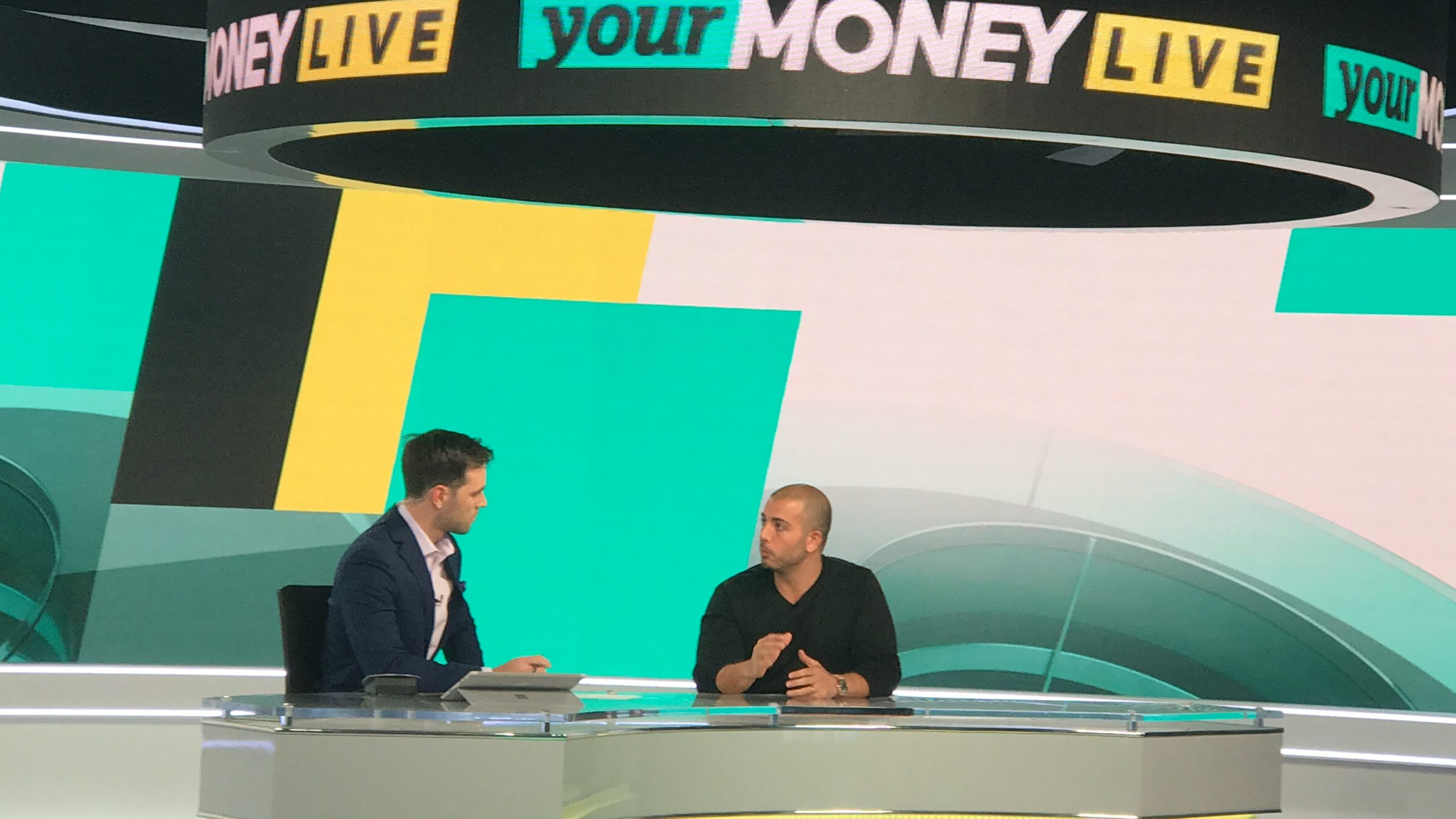
The most important thing to remember in an interview is to stay ‘on message’. This is harder than it sounds, particularly if you have not received personalised media training.
Imagine owning a shop that sells t-shirts. You know everything there is to know about t-shirts, and you’ve done lots of interview preparation on top of that. You’ve got your key messages down pat. However, out of nowhere, the interviewer asks you what you think about shorts.
Do you answer his question and risk a whole line of questioning about shorts? Or do you admit that you don’t know or care very much about shorts?
Interviewers will often ask questions that don’t relate to what you’re trying to get across – it’s up to you to control the direction that the interview goes in and drum those key messages in. While our example of the t-shirt store is a little simplistic, the same thing can happen in regards to your competitors being the focus of your interview or worse still – a negative aspect of your business that the journalist has discovered.
While your role is to never try and ‘spin’ the truth or get in the way of journalists doing their job in unbiased reporting, you also want to have your business portrayed in the best possible way. You also want to ensure that your expertise or business story comes across in the article rather than simply providing general statements or being quoted about your competitors.
Bridging statements
The best way to handle questions that take you ‘off message’ is to use bridging statements, which are simply a way to take you from the topic the interviewer has asked you about to the topic you want to talk about.
Some examples of bridging statements are:
– “It’s important to consider…”
– “And what’s more important to know is…”
– “Actually, that relates to a bigger issue…”
– “Having experienced this myself, I believe that…”
– “But looking at the big picture…”
– “Another thing to remember is…”
– “What matters most in this situation is…”
– “That’s an interesting point, but what’s really important is…”
With this in mind, an appropriate answer to the shorts-crazy interviewer could be: “I’ve always liked the look of shorts, but looking at the big picture, it’s t-shirts that are important to how we convey our unique identities.” This is a good answer because it briefly answers the question, then bridges to your key message.
Another thing to remember is that an interviewer should never make you feel intimidated, or expect you to answer questions that you’re not comfortable with. That said, any ‘hairy’ questions are usually questions that people outside the media have already been asking themselves about your business, charity, or not-for-profit. And a good business or organisation will be in tune with what others are saying about it, and respond well to that – and not just when speaking to the media.
If you don’t know the answer to a question, or are uncomfortable discussing the topic, explain this and leave it at that. Don’t say “no comment, don’t make things up and don’t get into an argument with the interviewer.
Do say something like:
Actually, that speaks to a bigger point …
Before I answer that, let me just say ….
I can’t discuss that, but what I can tell you is ….
What that really means is …..
Yes, and what’s really at stake here is ….
Having operated in this industry for X years, we believe that …..
If the journalist continues to push about a serious or confidential matter, tell them that you do not want to continue with the interview. This is one of those times where you really don’t want to say something in the heat of the moment – something that’s incorrect or even confidential – because that something could be tomorrow’s headline.
Overall, most interviews and journalists are friendly, leaving you to focus on staying ‘on message’ so that you or your business are portrayed in the best light possible while helping the journalist with their story.
About the author

Phoebe Netto is the founder of Pure Public Relations, a PR firm that focuses on outcomes, not output – it’s pure and simple. For over ten years, Pure Public Relations has been bringing big business experience to SMEs and not-for-profits. purepublicrelations.com.au

